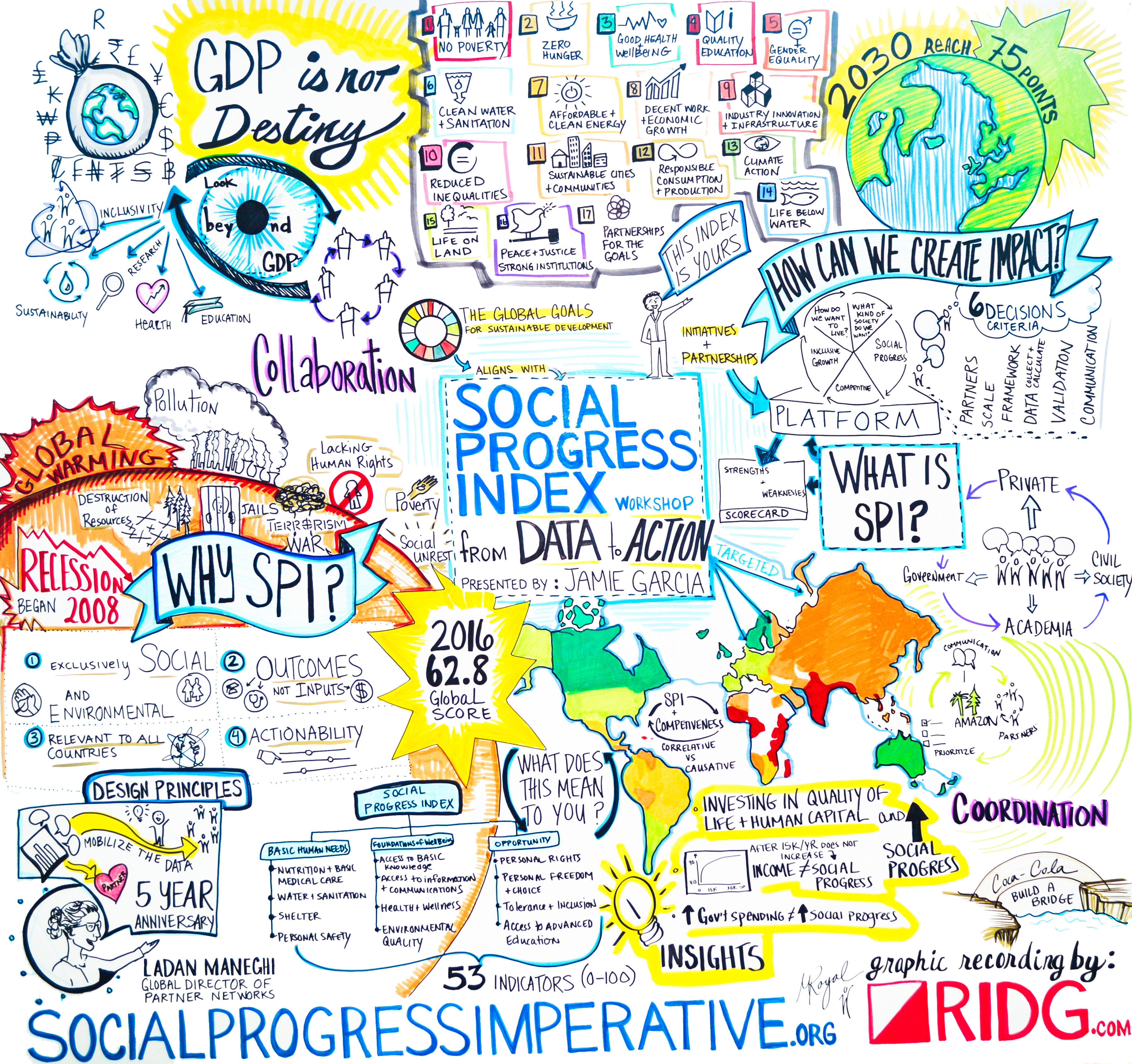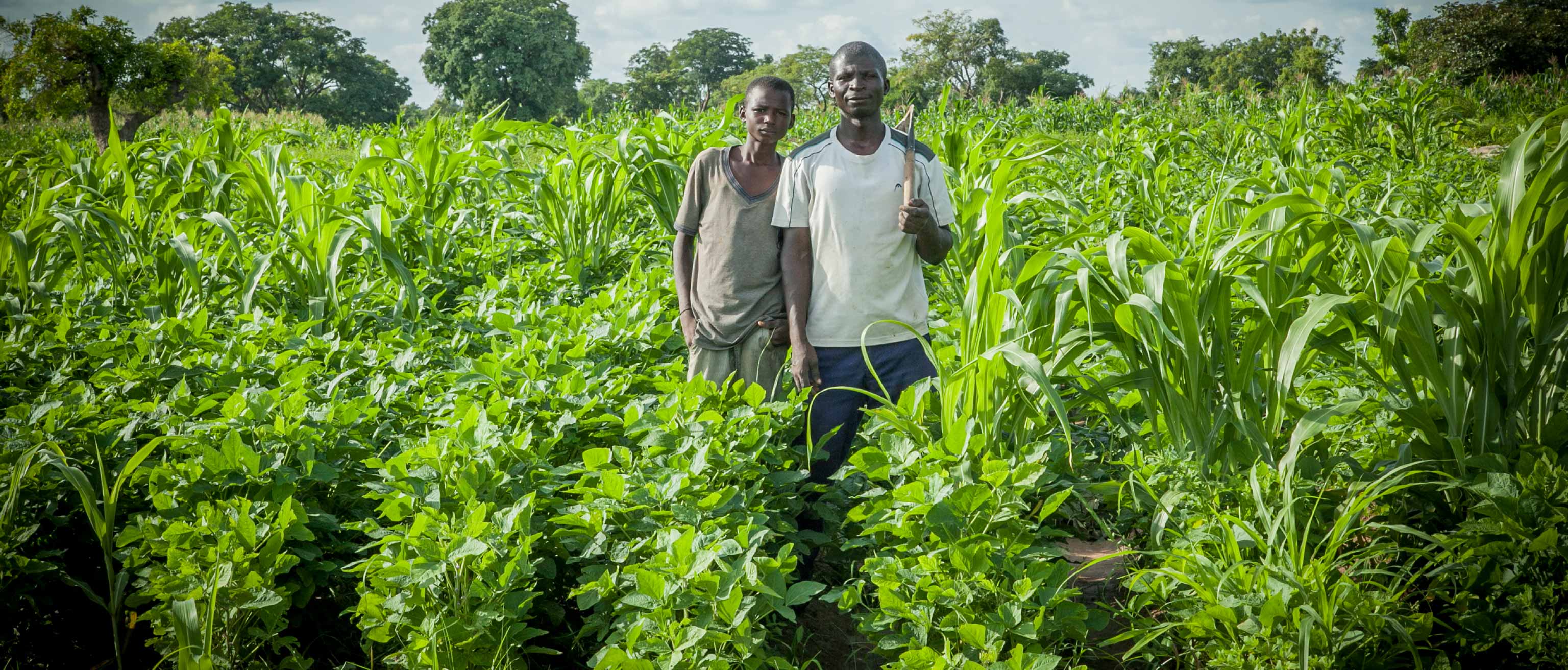Last year, the government of Paraguay adopted a new way of measuring the state of the nation, called the Social Progress Index (SPI). Both government and business leaders were concerned that increased economic growth wasn’t improving the lives of ordinary Paraguayans fast enough. We saw no reason why a country that is growing so fast could not bring more benefits of economic progress to the poor.
But pursuing old measures of success, like GDP per capita, wasn’t getting us where we wanted to go as a country. We needed a way to measure real outcomes for people, not just the level of economic activity.
We adopted the SPI because it focuses directly on improving the things that matter most to people – basic human needs, the foundations of wellbeing and opportunity. Nations try to grow their GDPs in the hopes of achieving these same ends. Why not just focus on the end goals themselves, we asked ourselves?
Index already working to make change
Can an index help bring about real changes in people’s lives? In Paraguay, the SPI is already helping us create change. Acting on the advice of the social progress council – a task force of government, business and civil society leaders that guides implementation of the SPI – Paraguay is now focusing its attention on the 120 worst-off villages and urban slums in the country. To improve our SPI scores, we are improving the conditions in these vulnerable communities. We know we can do it. In the past decade, Paraguay has quadrupled its GDP and reduced the percentage of the population living in poverty from 32% to 24%.
But we still have a long way to go. Paraguay currently ranks 72nd on the SPI, between Bolivia and Azerbaijan. On the index’s basic human needs scale, we have even more work to do – here Paraguay is 90th out of 132 countries. We face major challenges in water and sanitation, electricity distribution, high-school dropout rates and teenage pregnancy.
The SPI is instrumental in focusing our attention on what needs to be done to improve the life of our country. There is now a real sense of solidarity and purpose among government, business and civil society leaders – all sectors of Paraguayan society are rallying around the SPI’s clear objectives.
I have witnessed impressive collaboration between the public and private sectors in Paraguay in the adoption of the index. Concerned that a lack of social progress may lead to instability, the business community immediately saw the value of the SPI and threw their support behind it. They want evidence that their tax dollars are being spent effectively. They want government to measure outcomes and not just inputs. This is what the SPI is for.
Making the invisible visible
What I love most about the SPI is that it makes the invisible visible. Encompassing more than 50 different social and environmental indicators, the index forces us to look directly at how Paraguay is faring on specifics like maternal mortality rates, internet penetration, and freedom of speech protections. These details are obscured by a crude measurement like GDP. We found that even the UN’s human development index didn’t do as good a job of helping us grasp the lived experience of Paraguayans and how to improve it.
There has been a big shift in the Paraguayan government following the adoption of the SPI. Every department has changed the way it collects data. The national planning agency tracks the progress of the country against the SPI and reports directly to the president. Our attention has shifted from inputs – how much money we are spending on education, for example – to outputs: adult literacy, school enrollment, and gender parity. It is hard to exaggerate the enormous changes that the SPI has already triggered in Paraguay, changes for the better.
SPI can get us where we want to go
Paraguay is a global leader in comprehensively integrating the SPI into public policy. I have worked closely with the Social Progress Imperative, the non-profit research initiative behind the SPI, since it first launched a beta version of the index in 2013. I continue to encourage my colleagues in other countries, especially in the developing world, to take the SPI seriously. Supported by strong partnerships between government, business, and civil society, the SPI can help all of us get where we want to go.
We need to eradicate extreme poverty in Paraguay. There is no reason for it to exist. The true test of the SPI will be in how the index informs public spending and deployment of government services so that we achieve the results we want for the people of our country. I am confident that we are on the right track.
This article also appeared on the Christian Science Monitor.



